- Home
- Services
Services
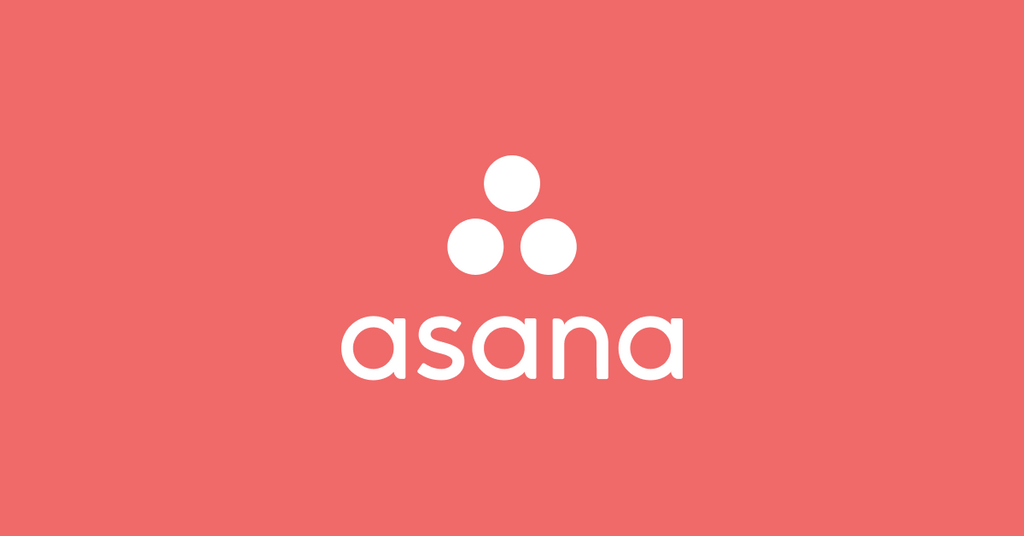
Asana Make an API Call Integration
$0.00
Asana API Endpoints and Their Uses One of the key API endpoints that Asana offers is the "Make an API Call" integration. This endpoint allows developers to interact with Asana’s platform in a more dynamic and customized manner. By using this endpoint, you can programmatically access and manipulate your Asana workspace's data. This can involve qu...
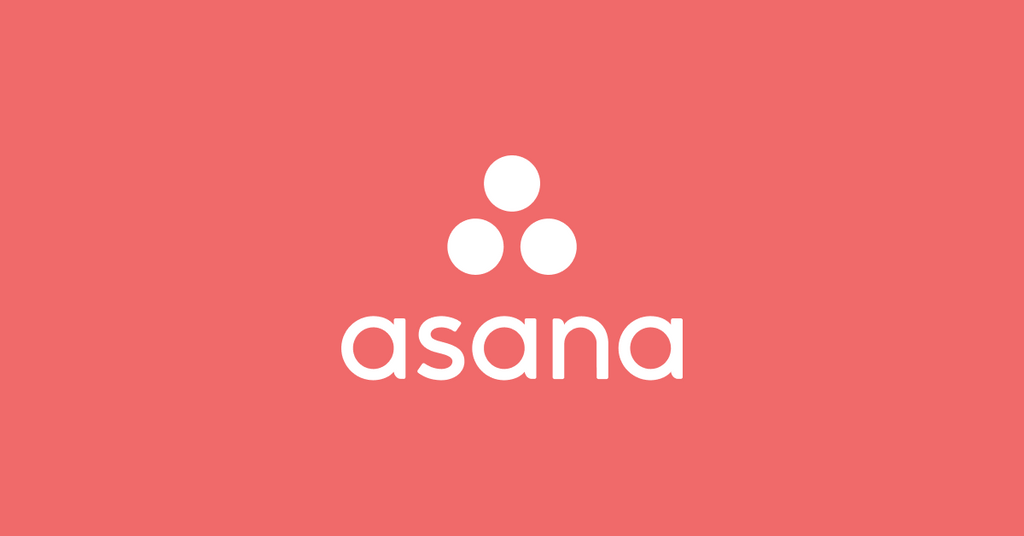
Asana Move a Project Section Integration
$0.00
Asana Move a Project Section Integration Asana Move a Project Section Integration The Asana Move a Project Section API endpoint is a feature that allows developers to programmatically move sections within an Asana project. Asana is a project management tool that helps teams organize and track the progress of their work...

Asana Remove a Task from a Project Integration
$0.00
Understanding the Asana Remove a Task from a Project API Endpoint In project management, it's critical to maintain an organized and up-to-date workflow, which includes ensuring that tasks are appropriately sorted and managed within projects. The Asana Remove a Task from a Project API endpoint is a feature that allows developers to programmatica...
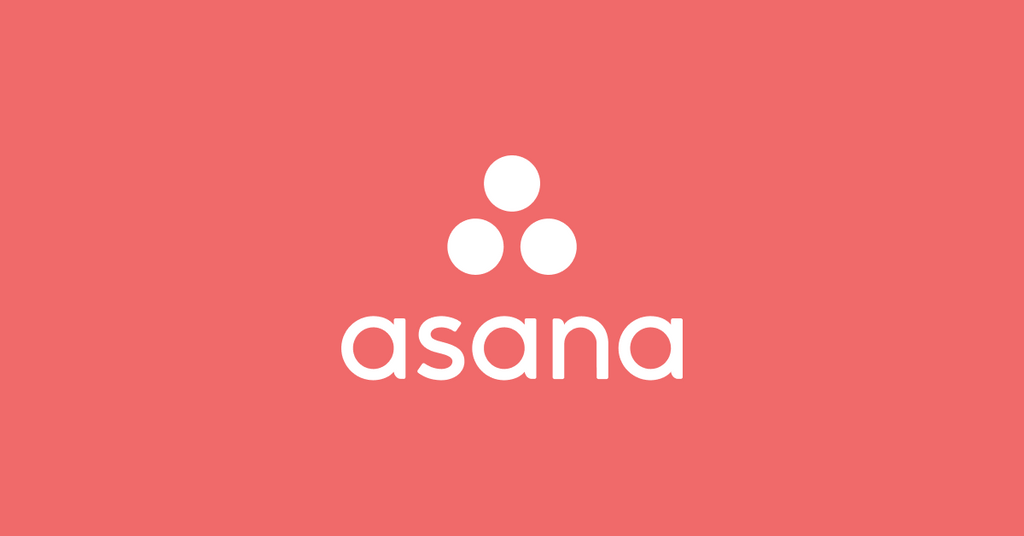
Asana Remove a User From a Team Integration
$0.00
```html Asana Remove a User From a Team Integration Overview Understanding the Asana API: Removing a User from a Team The Asana Application Programming Interface (API) provides various endpoints that enable developers to integrate their applications with Asana's project management features. One such endpoint is the Remove a User from a ...
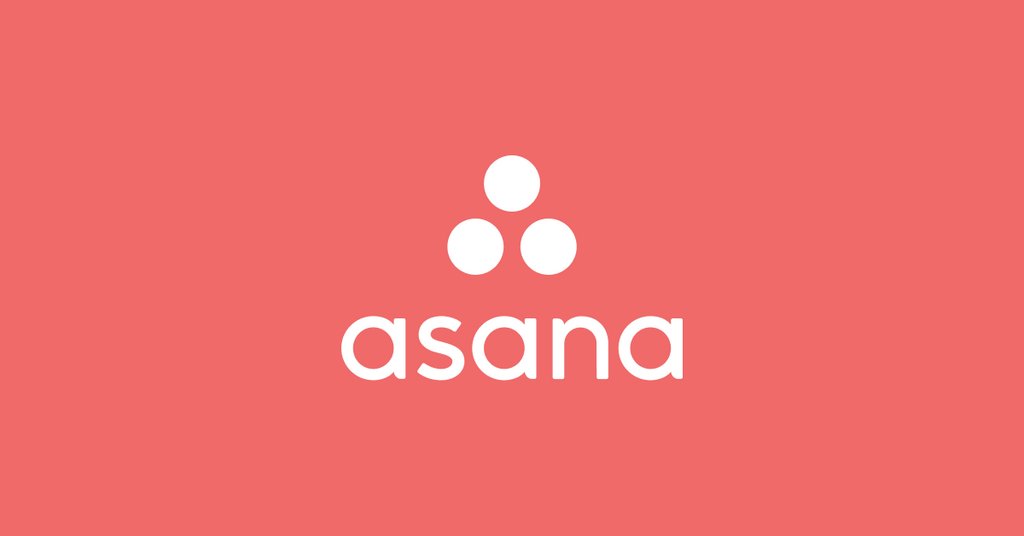
Asana Remove Users from a Portfolio Integration
$0.00
Understanding the Asana Remove Users from a Portfolio Integration API Endpoint Asana is a project management tool designed to help teams organize, track, and manage their work. Within Asana, Portfolios are used as a high-level overview feature that allows managers and team members to monitor the progress of multiple projects at once. In dynamic...
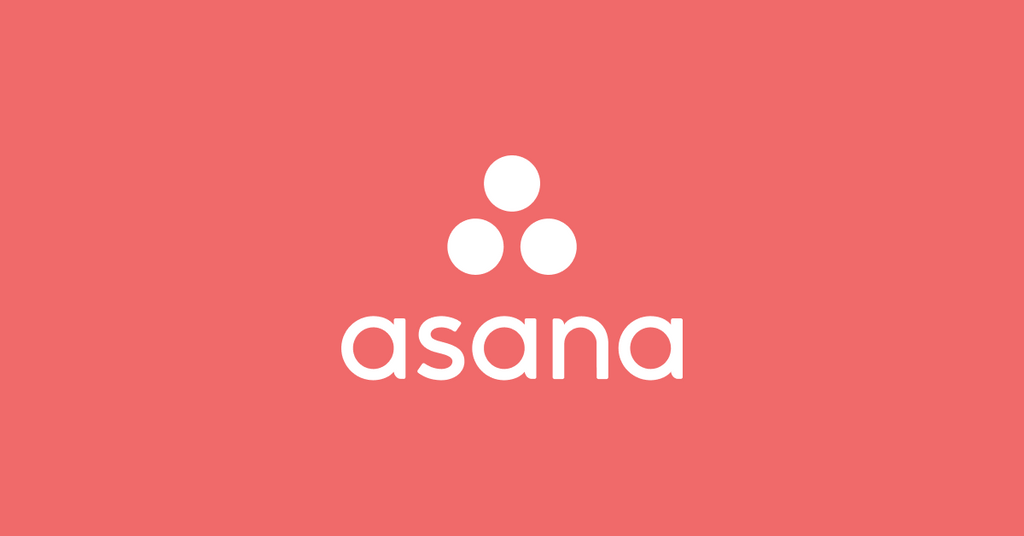
Asana Update a Custom Field Integration
$0.00
The Asana Update a Custom Field Integration API endpoint is a powerful tool for enhancing and customizing the functionality of your Asana projects by updating the parameters of custom fields that you've added to your tasks. This API endpoint can streamline workflows, provide better context for tasks, and ensure that your team's work is aligned w...
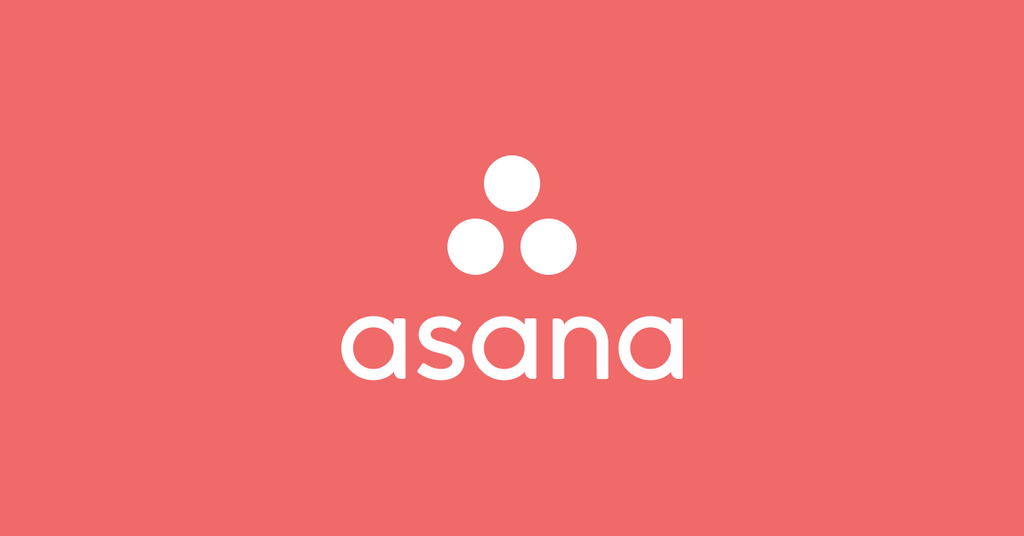
Asana Update a Custom Field Option Integration
$0.00
Asana Update a Custom Field Option Integration: A Versatile Tool for Workflow Enhancement The Asana Update a Custom Field Option API endpoint is a powerful and versatile feature that enables users to modify existing options for custom fields within their Asana projects. Custom fields in Asana are additional attributes users can create to track ...
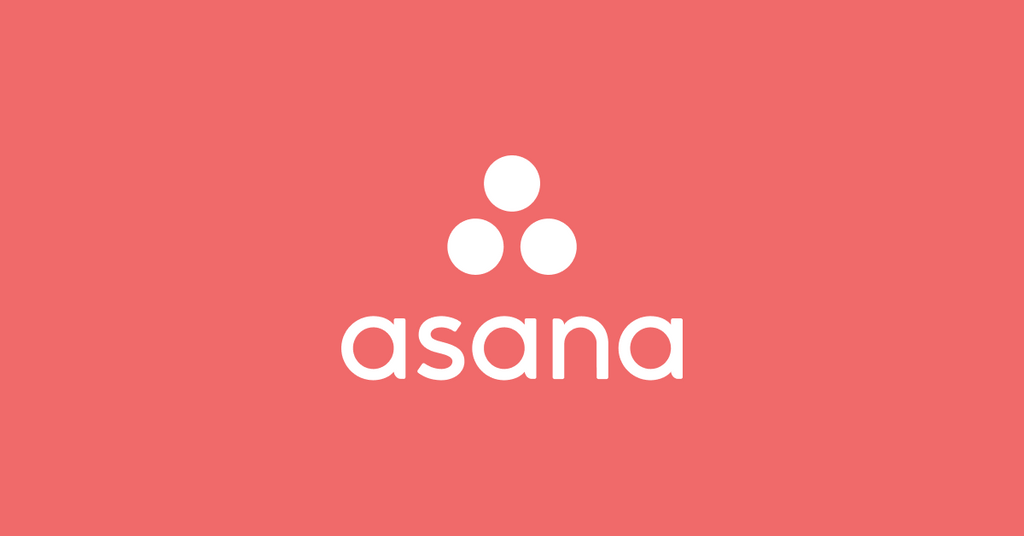
Asana Update a Portfolio Integration
$0.00
The Asana Update a Portfolio Integration API endpoint is designed to allow users to update the configuration of a specific integration associated with a portfolio in Asana, which is a popular project management tool. This endpoint can be very useful for teams and organizations that rely on portfolio management within Asana to keep track of vario...
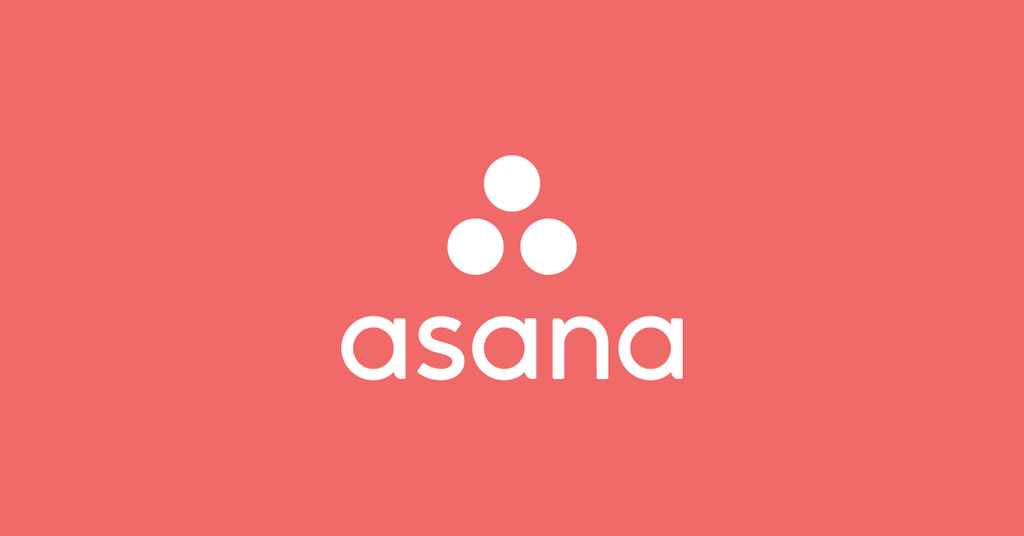
Asana Update a Project Integration
$0.00
Understanding the Asana Update a Project Integration API Endpoint Asana Update a Project Integration API Endpoint Explained The Asana Update a Project Integration API endpoint is a powerful tool in the Asana REST API that allows third-party applications and custom scripts to modify specific integration settings for a projec...

Asana Update a Project Section Integration
$0.00
Asana Update a Project Section Integration: Capabilities and Problem-Solving The Asana Update a Project Section Integration API endpoint is a powerful tool designed for managing and organizing tasks within the Asana project management platform. This endpoint allows users to update the details of a specific section within a project. Sections in ...
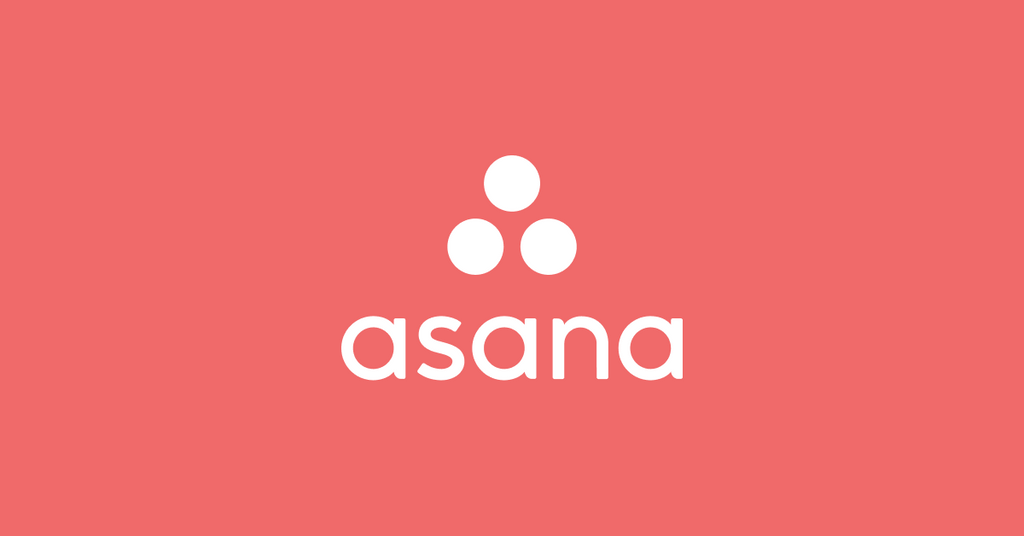
Asana Update a Project's Custom Fields Integration
$0.00
Asana Update a Project's Custom Fields Integration Asana is a popular project management tool that helps teams organize, track, and manage their work. It provides several APIs that allow developers to integrate Asana's capabilities with other applications or create custom solutions to extend its functionality. One such API endpoint is the "Upda...
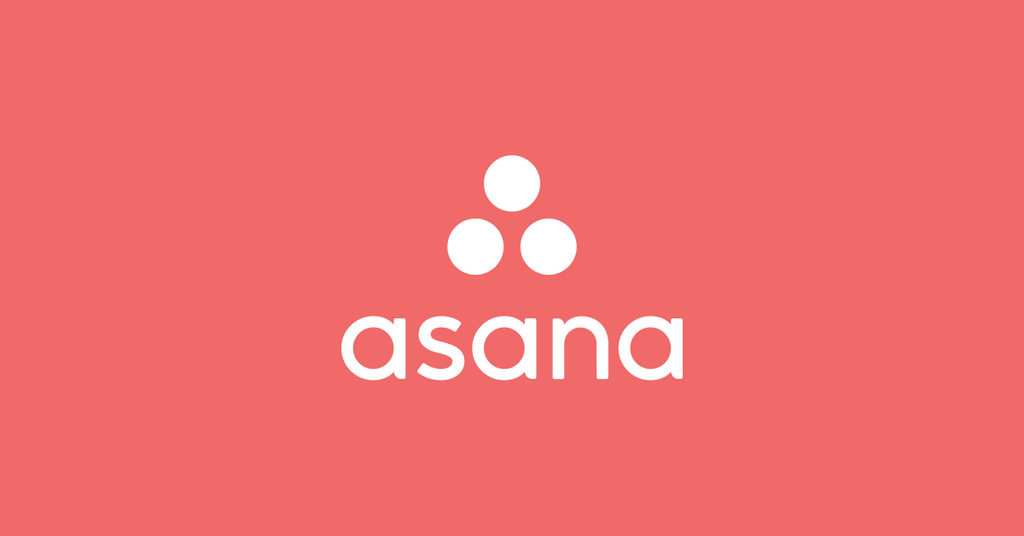
Asana Update a Story Integration
$0.00
Understanding the Asana Update a Story API Endpoint Asana is a popular project management tool that provides a range of functionalities to help teams organize, track, and manage their work. One integral feature of Asana is the ability to create and manage "stories." A story in Asana may represent a comment, a state change, or an update on a tas...

Asana Update a Tag Integration
$0.00
Utilizing the Asana API to Update a Tag: Integration Possibilities and Problem-Solving The Asana API provides a plethora of endpoints that allow developers to create integrations which can greatly enhance the capabilities of the Asana task and project management platform. One such endpoint is the 'Update a Tag' API. This particular endpoint all...
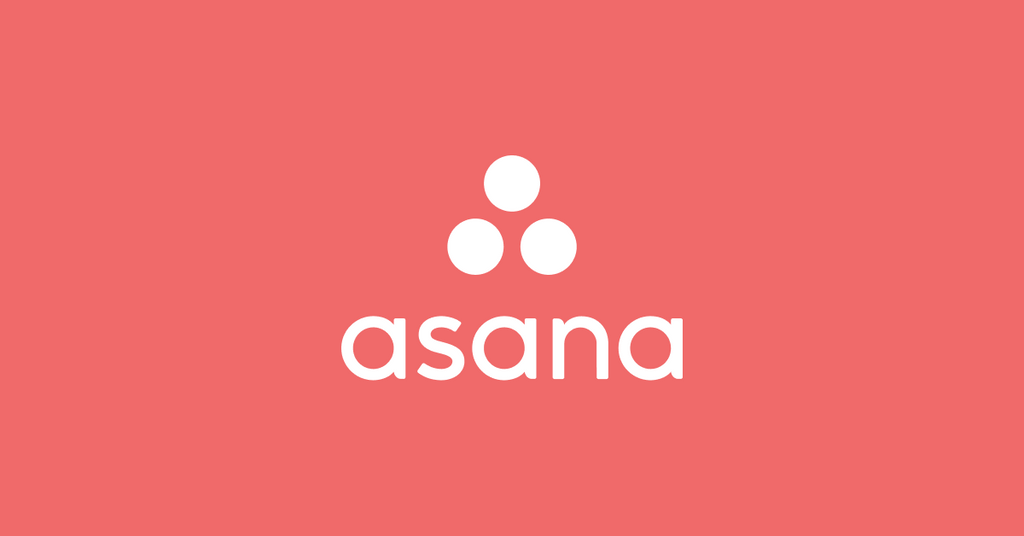
Asana Update a Task Integration
$0.00
Certainly! Here's the explanation in HTML format: ```html Asana Update a Task Integration Asana Update a Task Integration The Asana Update a Task API endpoint is part of the Asana API, which is a powerful tool for developers to integrate with Asana's project management software. This particular endpoint ...
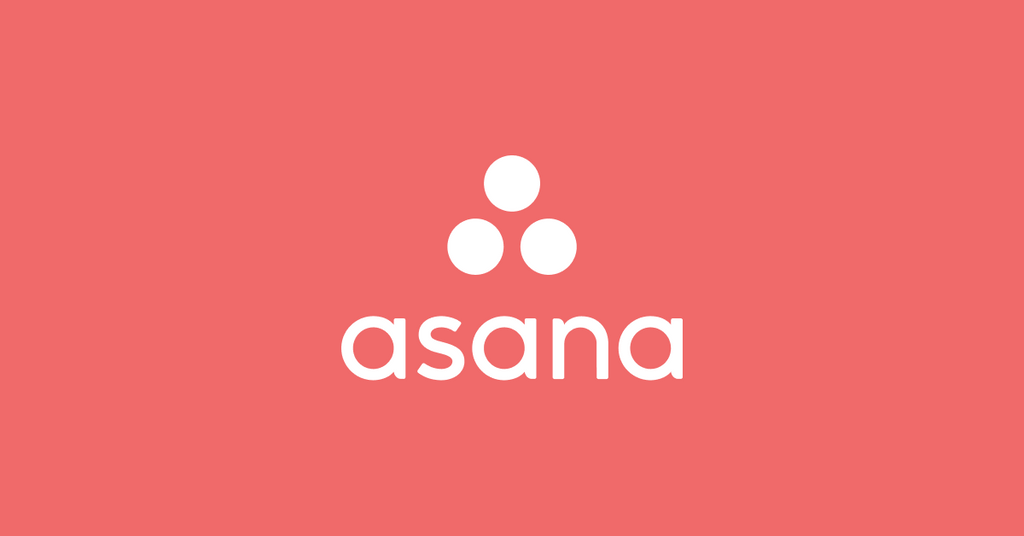
Asana Update a Task's Dependencies Integration
$0.00
Functionalities of the Asana Update a Task's Dependencies Integration API Endpoint The Asana Update a Task's Dependencies Integration API endpoint provides developers and users of the Asana project management platform the ability to programmatically modify dependencies between tasks within a project. This feature is instrumental for project man...
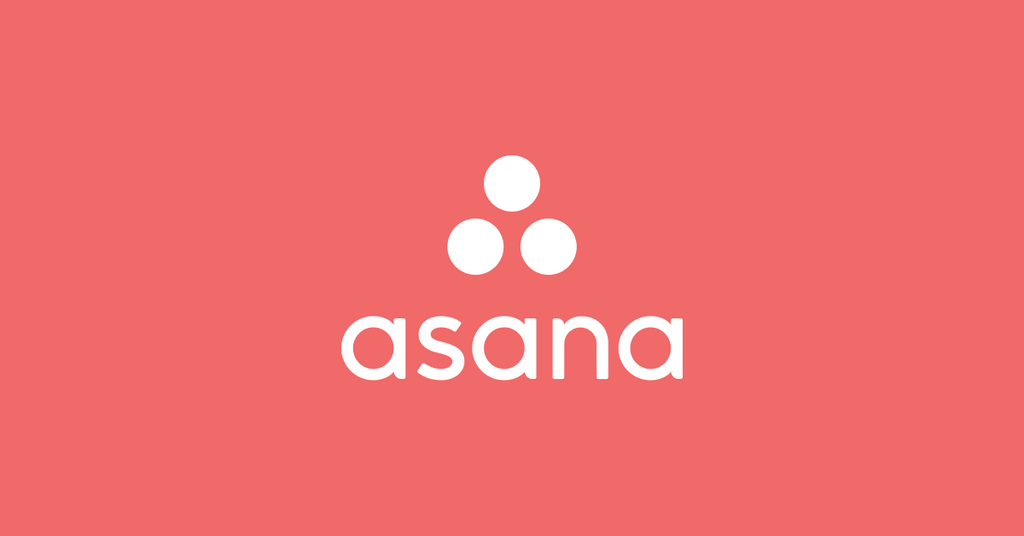
Asana Update a Task's Dependents Integration
$0.00
Asana is a popular project management tool that allows teams to track their work and organize tasks. When working on complex projects, certain tasks might depend on the completion of other tasks. Asana's API provides an endpoint that can help deal with these dependencies, specifically the endpoint to update a task's dependents. Below is an expla...
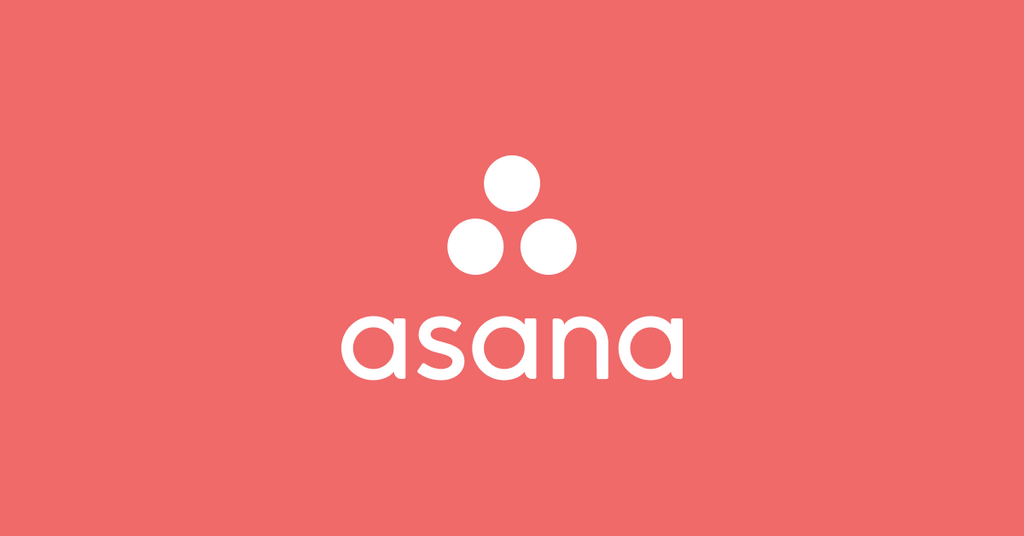
Asana Update a Task's Followers Integration
$0.00
Asana Update a Task's Followers Integration Understanding the Asana Update a Task's Followers API Endpoint The Asana platform offers a range of API endpoints that enable developers to enhance productivity by integrating Asana's functionalities into third-party applications. One such capability is provided by the "Update a Task's Followers" ...
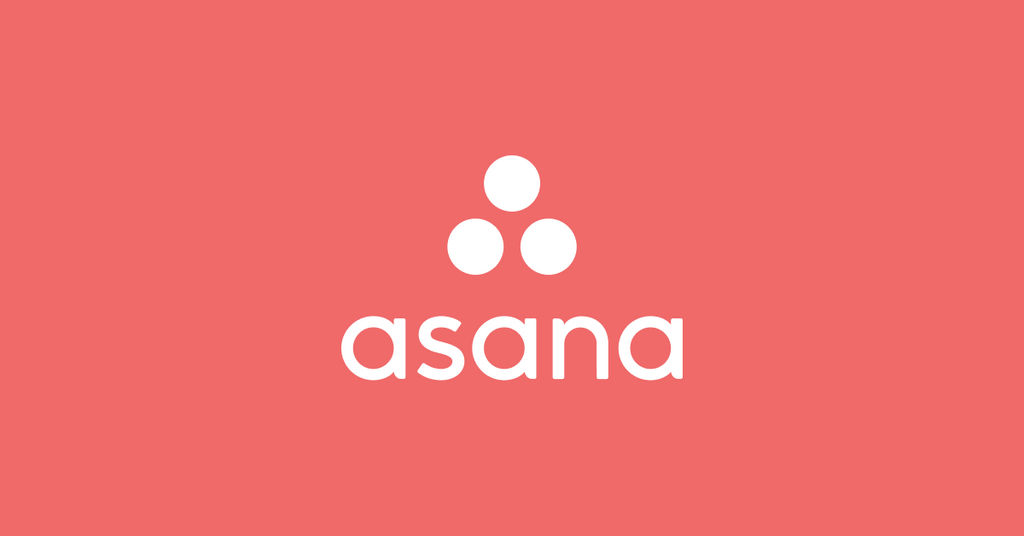
Asana Update a Task's Parent Integration
$0.00
```html Asana Update a Task's Parent Integration Explanation Understanding the Asana Update a Task's Parent API Endpoint Asana is a popular project management tool used by teams to organize, track, and manage their work. One of the core features of Asana is the ability to create tasks and subtasks, establishing a ...

Asana Update a Task's Tag Integration
$0.00
What can be done with the Asana Update a Task's Tag Integration API endpoint? The Asana Update a Task's Tag Integration API endpoint allows developers to programmatically add or remove tags from tasks in Asana, which is a project management tool. Tags in Asana are used to categorize tasks, making it easier for team members to sort, filter, and ...
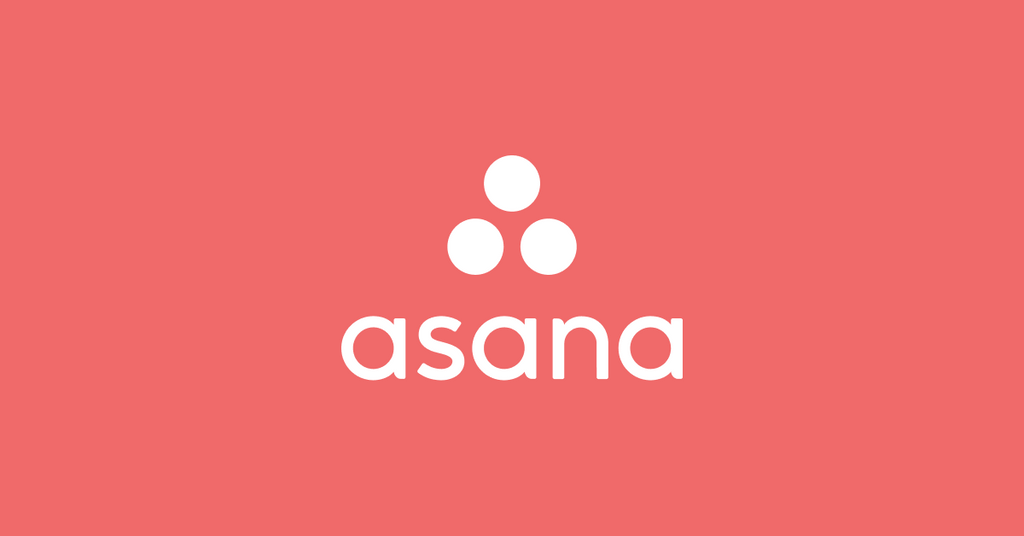
Asana Update a Workspace's Users Integration
$0.00
The Asana Update a Workspace's Users Integration API endpoint is a useful feature for developers and organizations that use Asana, a popular project management tool, to manage their tasks, projects, and workflows. This API allows for the programmatic updating of user settings and permissions within a specific workspace in Asana. Using this API ...
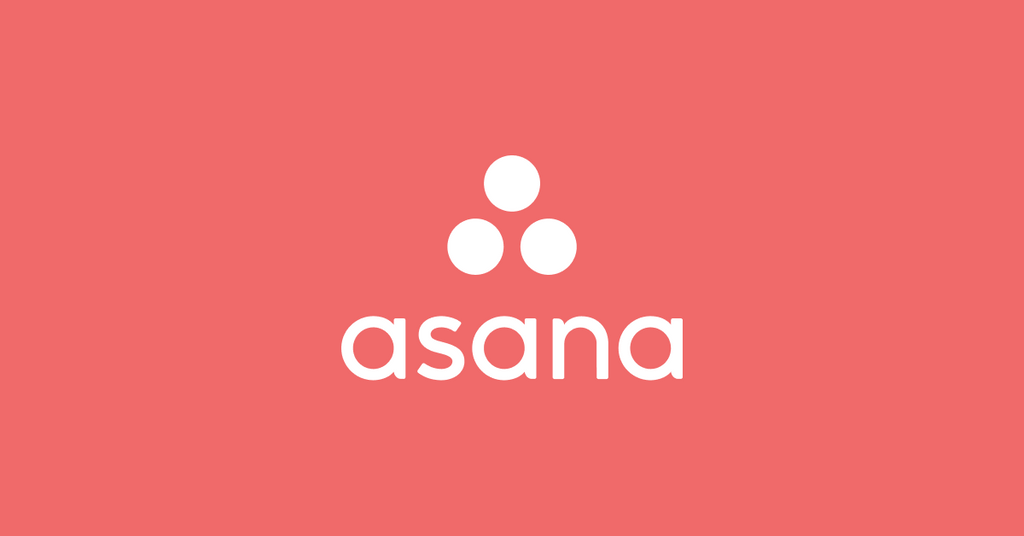
Asana Upload an Attachment Integration
$0.00
Asana is a popular project management tool that enables teams to organize, track, and manage their work. The Asana API allows developers to integrate Asana's functionalities with other applications or create new tools that require Asana's capabilities. One such feature available through the Asana API is the ability to upload an attachment to a t...
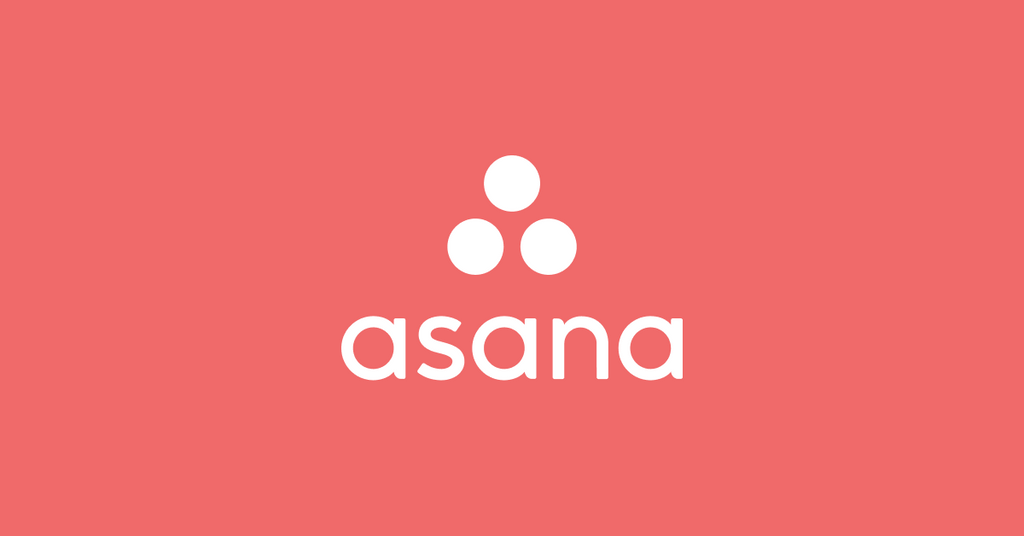
Asana Watch Completed Tasks Integration
$0.00
The Asana Watch Completed Tasks Integration API endpoint provides an interface for developers to monitor and interact with completed tasks within the Asana project management tool. By leveraging this API endpoint, developers can create systems or applications that automatically trigger actions or notifications when tasks are marked as complete i...
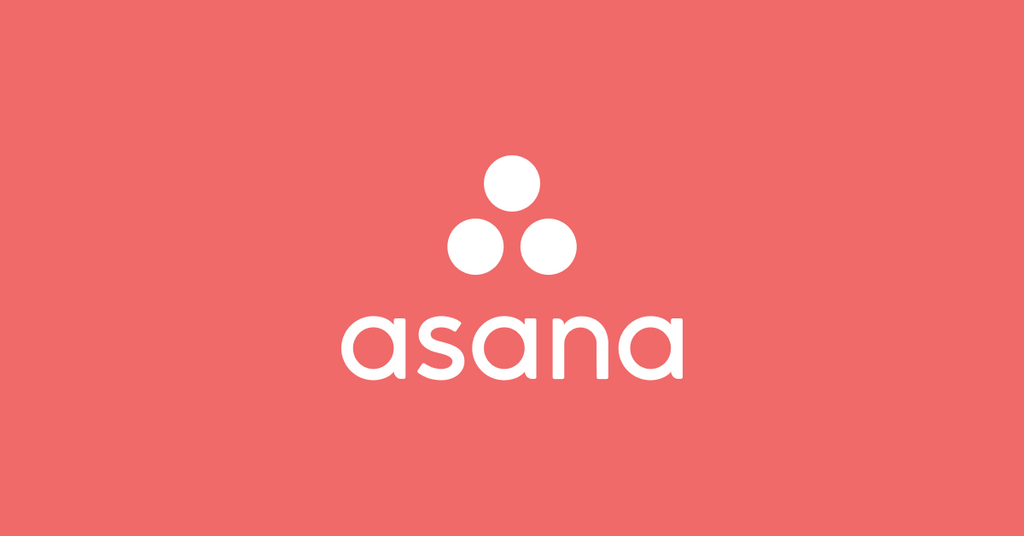
Asana Watch New Projects Integration
$0.00
Understanding the Asana "Watch New Projects" Integration API Endpoint The Asana "Watch New Projects" Integration API endpoint is a powerful tool that allows developers to programmatically track when new projects are created within Asana, a popular project management platform. This API endpoint can be used to integrate Asana with other software ...

Asana Watch New Stories Integration
$0.00
The Asana Watch New Stories Integration API endpoint is a feature that allows developers to integrate real-time notifications or updates into their applications whenever there is a new "Story" (a term used in Asana to refer to comments, descriptions, or updates to tasks) in an Asana project or task. Using this API endpoint, you can set up an au...

Asana Watch New Subtasks in a Task Integration
$0.00
Utilizing the Asana "Watch New Subtasks in a Task" Integration API Endpoint Asana is a project management tool designed to help teams organize, track, and manage their work. Many organizations use Asana to keep track of tasks, projects, and deadlines. As with any complex system, maintaining oversight and ensuring that all task dependencies are ...
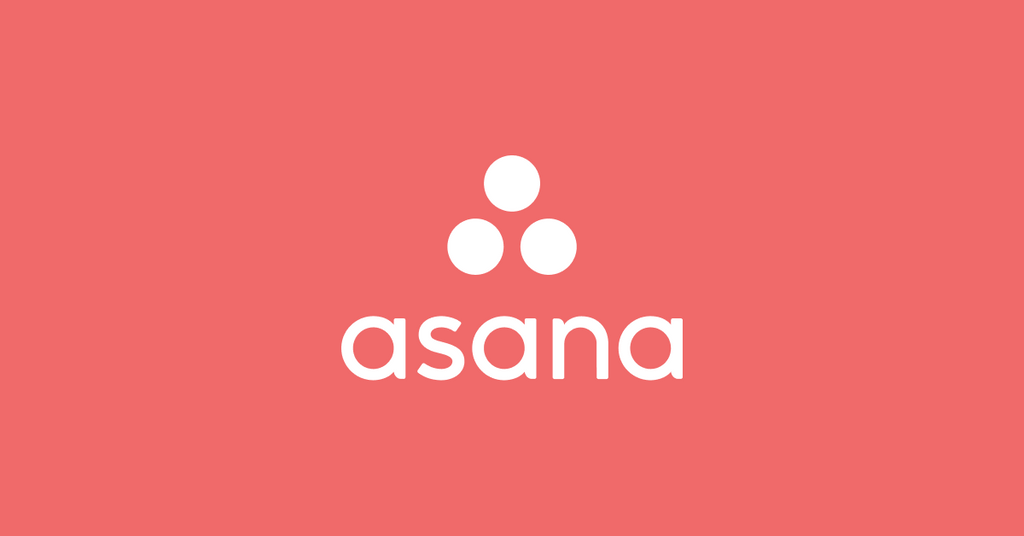
Asana Watch New Tags Integration
$0.00
Asana is a popular project management tool designed to help teams coordinate and track their work effectively. Within Asana, a 'tag' is a flexible way to label tasks, making them easier to sort, filter, and find across projects. For organizations and teams seeking to improve their efficiency and automate their workflows, the 'Asana Watch New Tag...
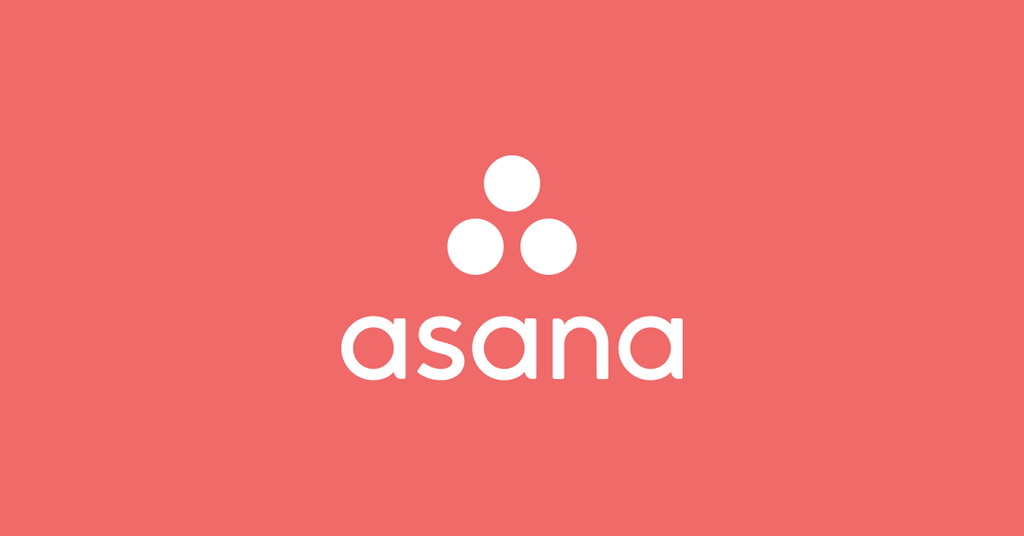
Asana Watch New Tasks Integration
$0.00
Understanding Asana Watch New Tasks Integration Asana Watch New Tasks Integration is an API endpoint designed to enable developers and users to create automated workflows that trigger actions when new tasks are created in Asana, a project management tool. This specific endpoint plays a crucial role in enhancing productivity and ensuring real-tim...

Asana Watch Tasks or Subtasks Integration
$0.00
The "Asana Watch Tasks or Subtasks Integration" API endpoint isn't actually a standard endpoint provided by Asana. However, it's possible to piece together the concept from what is generally known about APIs and potential integrations within a project management tool like Asana. Assuming that this endpoint is used to watch (or monitor) specific ...
Collections
- 0CodeKit Integrations
- Accounting
- ACH Processing
- Active Campaign
- Ai Automations and Integrations
- Aircall
- All Integrations
- Annuities
- ATS
- Auto & Home
- BI and Analytics
- Brand Management
- Bullhorn Integration Endpoints
- Business Infrastructure
- Business Operations
- Business Retirement Plans
- Business Systems
- Card Access
- CCaaS
- Clio Integrations
- Cloud Services
- Connectivity, MPLS, Private Line
- Cost Reduction
- CPaaS/SIP
- Customer Relationship Management
- Data Center
- Developer Platforms
- Development
- E-Commerce
- E-Commerce Software
- eREIT
- Field Service Automations and Integrations
- Finance Automations and Integrations
- Financial
- Fire Alarm Systems
- Fleet Tracking
- FTP Hosting
- Gift Card & Loyalty
- Google Sheets
- Graphic Design
- Health
- Healthcare Software
- HR and HCM Automations and Integrations
- HR Software
- Human Resources
- Implemenation
- Insurance
- Integrate RingCentral With Monday.com
- Integrations
- International
- Intrusion Systems
- Investments
- Invoicing
- Invoicing and Contract Software
- Lead Generation
- Learning Management
- Legal
- Legal Services
- Long Term Care
- Managed Investments
- Managed Services
- Marketing
- Marketing
- Marketing Automations and Integrations
- Micro Funding
- Mobile Payments
- Mobility/IoT
- Monday.com Integrations
- Mutual Funds
- Other
- Others Software
- Outsourced Sales
- Pay Per Click
- Payment Processing
- Payroll
- Phone Systems
- Photography
- Pre-Paid Legal
- Print & Promotional
- Process Implementation
- Product Management
- Productivity
- Productivity & Efficiency Improvement
- Project Management
- Recuritment
- Recurring Payments
- RingCentral Integrations
- Sales Software
- Sales Training
- SD-WAN
- Search Engine Optimization
- Security
- Security and IT Management
- Security Systems
- Sling Scheduling Features
- SMS Communication
- Social Media
- Social Media Management
- Telecommunications Automations and Integrations
- Term Life
- Top Products
- Twilio Integrations
- UCaaS
- Video Conferencing
- Video Production
- Video Surveillance
- Web Development
- Web Hosting
- Webinar & Screen Sharing
- Workflow Training
- Zoho
- Zoho CRM Integrations
- Zoho Email & Collaboration
- Zoho Finance
- Zoho HR
- Zoho Legal
- Zoho Marketing
- Zoho Sales
- Zoho Service
- Zoho Suites
Brands
- 019sms
- 0CodeKit
- 1001fx
- 10to8
- 123FormBuilder
- 1CRM
- 1net CRM
- 29 Next
- 2all CMS
- 3Scribe Transcription
- 4leads
- 602 Sofa
- 88stacks Image Generator
- 8x8
- A&A/FITPASS Calltracking
- Abby
- ABRA FlexiBee
- Abyssale
- AcademyOcean
- Accelo
- Access Charity CRM
- Action Network
- Active Campaign
- ActiveDemand
- ActiveTrail
- Adalo
- AddMe Reviews
- ADManager Plus
- Adobe Acrobat Sign
- Adobe CC Libraries
- Adobe Commerce
- AdRoll
- AfterShip
- Agencyjoy
- Agendor
- Agile CRM
- AgilePlace
- Aha!
- AidaForm
- Aircall
- Airmeet
- Airparser
- AirTable
- AITable
- Alegra
- Alexa Internet
- All-Images.ai
- Allmysms
- Amazing Marvin
- Amazon Lambda
- Amazon SES
- Amazon SNS
- AmeriCommerce
- Amplitude
- Anabix CRM
- Android
- AnnounceKit
- Apaleo
- Apifonica
- Apify
- APITemplate.io
- Apolearn LMS
- Apollo
- Apple iOS
- Apple Map Links
- Appointlet
- AppSheet
- ApptiveGrid
- ApuTime
- ArcGIS Field Maps
- Archive
- Arduino
- Arlo
- Asaas
- Asana
- Aspose
- Atarim
- Atera
- AtSpoke
- Attio
- Aunoa
- Aurora Solar
- Auth0
- Authvia
- Automizy
- Autopilot
- Avaza
- Avochato
- Award Force
- Backendless
- Bamboo HR
- Bambuser
- Bannerbear
- Banqup
- Barcodes
- Basecamp 2
- Basecamp 3
- BaseLinker
- Baserow
- Beamer
- Becon
- Beds24
- Beehiiv
- Beeminder
- BeLazy
- Bellbird
- Betty Blocks
- Bexio
- Bidsketch
- Big Cartel
- Bigin by Zoho CRM
- BigMailer
- BigMarker
- BigML
- BigQuery
- Billit
- Billplz
- Billsby
- Binance
- Bind ERP
- Bing Spell Check
- Bitbucket
- Bitly
- Bitrix24
- Bitskout
- BizMachine
- Blink
- BlockSurvey
- Blogger
- BlueLink
- Bluesky by Unshape
- Boldem
- Bolt IoT
- Bonusly
- Book Like A Boss
- Bookafy
- Boomerangme
- BoondManager
- Booqable
- Boost Note
- Borisbot
- BotDistrikt
- Botsheets
- Botsify
- BotStar
- Bouncer
- Box
- Brain Pod AI
- Braintree
- Brave
- Breeze
- Brevo
- Brightflag
- BringData.co
- Browse AI
- BSI
- Bubble
- Buffer
- BugHerd
- BulkGate
- Bullet
- Bullhorn
- Burst SMS
- Businesslogic.online
- Byteplant Address Validator
- Byteplant Email Validator
- Byteplant Phone Validator
- Caflou
- Cal.Com
- Calendly
- California Bank & Trust
- Call Assist
- Call Tracking Metrics
- Calley
- CallHippo
- Callingly
- CallRail
- Campaign Monitor
- Candu
- Canny
- Canvas LMS
- Capsule CRM
- Captain Data
- Captivate
- Carbone
- Cargoboard Shipping & Tracking
- Caspio
- CDP & CRM CareCloud
- Celoxis
- Cflow
- Channels
- Chargebee
- ChargeOver
- ChartMogul
- Chatbase
- ChatBot
- Chatforma
- Chatfuel
- ChatGuru
- Chatra
- ChatSonic
- Chatwork
- Checkr
- Checkvist
- Chiavistello
- ChytryStart
- Cin7
- Circle
- Cisco Webex
- Citibank
- Citrix ShareFile
- Cituro
- Clearbit
- Clearout
- Clepher
- CleverReach
- Clicfans
- Clickatell
- ClickFunnels
- ClickMeeting
- ClickSend SMS
- Clicksign
- ClickUp
- Clieent® CRM
- Cliengo
- Clientary
- Clientjoy
- Clio
- Clio Manage
- Clockify
- Close CRM
- Cloud BOT
- CloudConvert
- Cloudflare
- Cloudinary
- Cloudmersive
- Cloudpress
- CloudTalk
- Clover POS
- Cloze
- ClubPlanner
- Clust
- CNPJá
- Coassemble
- Coda
- CodeGPT
- Cognito Forms
- CoinMarketCap
- Colligso TextIn
- Colligso WalletIn
- Comeet
- CommCare
- CommerceHQ
- CommPeak
- CompanyHub
- Confiban
- Confluence
- Constant Contact
- Consultants In-A-Box
- consultantsinabox
- Contact Form 7
- Contacts+
- Contentful
- Contractbook
- Convercus Loyalty
- ConvertBox
- Convertio
- ConvertKit
- Copilot
- Copper
- coreBos
- Corsizio
- Corymbus
- Costbucket
- Coveo
- CPF.CNPJ
- CraftMyPDF.com
- CraftQL
- Crisp
- CRM Messaging
- Crocoblock
- Crowdin
- CrowdPower
- CS-Cart
- CSV
- Custify
- Custom JS
- Customer.io
- Customerly
- Cuttly
- Cuttly Team
- Cyfe
- D7SMS
- Data store
- Data24-7
- Databox
- Datadog
- Datamz
- Datelist
- Daylite
- DEAR Inventory
- DeBounce
- Deel
- Deepgram
- DeepL
- Deezer
- Delesign
- Delighted
- Demio
- Demodesk
- Deputy
- Deskera
- Dext
- DHL
- Diabolocom
- Dialpad
- Diffbot
- DigiSign
- Digistore24
- DigitalOcean Spaces
- Diigo
- Disciple Tools
- Discord
- Discourse
- Disparo Pro
- Disqus
- dlvr.it
- DocCrafter
- Docparser
- DocsFold
- DocsGenFlow
- DocuGenerate
- Document360
- Documentero
- Documint
- Docupilot
- DocuSign
- DocuWare
- Dokan
- Domotron control
- Donorbox
- Dootax
- Dotdigital
- Dribbble
- Drift
- Drimify
- Drip
- Dropbox
- Dropbox Sign
- Dropcontact
- DropFunnels
- Drupal
- Dubb
- Dux-Soup
- Dynalist
- E-conomic
- E-goi
- Earned Value
- Easelly
- Easiware
- Easy Project
- Easybill
- EasyCSV
- Easydoc
- Easypay
- EasyPost
- Easyship
- EasyWeek
- Ecologi
- Ecomail.cz
- Eden AI
- eDock
- Edusign
- EenvoudigFactureren
- EET
- eFileCabinet
- Egnyte
- Elastic Email
- Elasticsearch
- Eledo PDF
- Element451
- Elementor
- Elements.cloud
- ElevenLabs
- Elite Seller
- Elopage
- Email List Verify
- Emailkampane.cz
- EmailOctopus
- Emailvalidation
- Emelia
- Emercury
- Emma
- Emporix Commerce
- Emporix Orchestration Engine
- Encryptor
- Endorsal
- Engage
- Engage AI
- EngageBay
- eSignatures.io
- EspoCRM
- Etsy
- Eventbrite
- Eventzilla
- Everhour
- Evernote
- Eversign
- EverWebinar
- Evolio
- eWay-CRM
- Exact Spotter
- Expanzo
- Expense Management Fidoo
- Expensify
- Experian Aperture
- Ezeep Blue Printing
- EZOfficeInventory
- Facebook Ads Campaign Management
- Facebook Catalogs
- Facebook Groups
- Facebook Insights
- Facebook Lead Ads
- Facebook Messenger
- Facebook Pages
- FaceUp
- Factorial
- Fakturoid
- FAPI
- FAPI Member
- FareHarbor
- FastField
- Fatture in Cloud
- FaunaDB
- Favro
- Feedier
- Feedly
- Fibery
- Figma
- FileCloud
- Files.com
- Filestack
- Filestage
- FillFaster
- Findymail
- Finolog
- Fio banka
- Fireberry
- Fireflies.ai
- FireText
- Flashyapp
- Fleep
- Flexie CRM
- Flickr
- Flock
- Flow Blockchain
- Flowlu
- FluentCRM
- Flutterwave
- Focus Anchor
- Focuster
- FogBugz
- Folderit DMS
- Folk
- Follow Up Boss
- Fomo
- ForceManager
- Formaloo
- Formbricks
- FormCan
- FormCrafts
- Formidable Forms
- Formsite
- Formspree
- Formstack
- Formstack Documents
- Fortnox
- Foursquare
- Frame.io
- FreeAgent
- Freedcamp
- FreeFinance
- Freelo
- FreeScout
- Fresh Proposals
- Freshchat
- Freshdesk
- Freshmail
- Freshmarketer
- Freshsales
- Freshservice
- Front
- FTP
- Fulcrum
- FunnelCockpit
- Funnelforms
- Fusioo
- GakuNin RDM
- Gamfi
- Ganttic
- GanttPRO
- GatewayAPI SMS
- GatherContent
- Geckoboard
- GenerateBanners.com
- GetAccept
- GetEmail.io
- Getform
- GetMyInvoices
- GetProspect
- GetResponse
- Ghost
- gigrove
- GIPHY
- GIRITON
- Gist
- GitHub
- GitLab
- Glide
- Global Payments WebPay
- Global SMS
- Gmail
- Gmelius
- Go HighLevel
- Go4Clients
- GoAffPro
- GoCanvas
- GoDaddy
- Golemio API
- Gong
- Good Grants
- GoodBarber
- GoodBarber eCommerce
- Google Ads Campaign Management
- Google Ads Conversions
- Google Ads Customer Match
- Google Ads Lead Forms
- Google Analytics 4
- Google Calendar
- Google Chat
- Google Chrome
- Google Cloud Dialogflow ES
- Google Cloud Firestore
- Google Cloud Pub/Sub
- Google Cloud Speech
- Google Cloud Storage
- Google Cloud Text-to-Speech
- Google Cloud Vision
- Google Contacts
- Google Docs
- Google Drive
- Google Forms
- Google Groups
- Google Keep
- Google Maps
- Google Meet
- Google My Business
- Google Natural Language
- Google Photos
- Google Sheets
- Google Shopping
- Google Slides
- Google Tasks
- Google Translate
- Google Vertex AI (Gemini)
- Google Workspace Admin
- Google+
- GoShop
- GoSMS
- GoToMeeting
- GoToWebinar
- Gravitec
- Gravity Forms
- Grist
- Groner
- Groove
- GroupMe
- GrowSurf
- Gumroad
- HacknPlan
- Handwrytten
- Happierleads
- HappyForms
- HappyFox Chat
- HappyFox Help Desk
- Harvest
- HasData
- Help Scout
- Helpwise
- HERE Tracking
- HeroBot
- Hexomatic
- Hexowatch
- HeySpace
- HeySummit
- HiBob
- HighLevel LeadConnector
- Hireflix
- Hirely
- HireTrack NX
- Hirevire
- Hive
- Holded
- Hootsuite
- Hopscotch
- Hotmart
- HrFlow.ai
- HTML 2 PDF
- HubSpot CRM
- Hubstaff
- Hugging Face
- Humanitix
- Hunter
- IC Project
- iCount
- Icypeas
- Idiligo
- iDoklad
- IEX Cloud
- IFTTT
- iLert
- iLovePDF
- Image-Charts
- ImgBB
- Infinity
- Infobip
- Infor M3
- InforUMobile
- Initiative CRM
- inMobile - SMS Gateway
- InMoment
- Innform
- Inoreader
- Insightly CRM
- Instagram for Business
- Instamojo
- Instantly
- Instapage
- Instasent
- Intercom
- Interseller
- Invision Community
- Invoice Ninja
- InvoiceBerry
- Invoiced
- Invoicing.plus
- InvokeSMS
- involve.me
- IQDial
- IQM Reports
- Iterable
- Iteration X
- Jenkins
- Jibble
- Jira
- Jitbit
- JobNimbus
- Jotform
- Judge.me
- JustCall
- JustClick
- JW Player
- Kaleyra
- Kanban Tool
- KanbanFlow
- Kantree
- Kartra
- KashFlow
- Katana Cloud Inventory
- Keap
- Keboola
- Kintone
- KissFlow
- Kixie
- KiyOh
- Kizeo Forms
- Klaviyo
- Klenty
- KlickTipp
- Klippa
- Knack
- Ko-fi
- Kommo
- Ksaar
- kutt
- Landingi
- LastPass
- Layerise
- lc.cx
- Lead Agent
- Leadinfo
- LeadSquared
- Leady
- Leap AI
- LearnDash
- LearningSuite
- LearnWorlds
- LEAV Engine
- lemlist
- Leonardo.Ai
- Letterdrop
- Levity
- lexoffice
- LIFX
- Lighthouse by Cloudify
- LimbleCMMS
- LINE
- Linear
- LinkedIn Ads
- LinkedIn Ads Reports
- LinkedIn Lead Gen Forms
- LinkedIn Lead Gen Forms - Events
- LinkedIn Matched Audiences
- LinkedIn Offline Conversions
- Linx Commerce
- LionDesk
- LiquidPlanner
- Lista Firme
- LiveAgent
- LiveChat
- LiveChatAI
- Livestorm
- LiveWebinar
- Lnk.Bio
- Lob
- Logbookie
- Lokalise
- Looker Studio
- Loopify
- Loops
- Loopy Loyalty
- Loqate
- Loyverse
- Luxafor
- Magentrix
- Magic Eden
- Mail Komplet
- MailBluster
- MailboxValidator
- Mailcheck
- Mailchimp
- Mailchimp Transactional Email
- Maileon
- MailerCheck
- Mailercloud
- MailerLite
- MailerLite Classic
- MailerSend
- Mailgun
- Mailjet
- Mailkit
- Mailmodo
- mailparser.io
- Mailrelay
- Mailshake
- Mailvio
- MaintainX
- Make
- MakeForms
- MakePlans
- Malcolm!
- Mallabe Barcodes
- Mallabe Currencies
- Mallabe Images
- Mallabe Validations
- Mallabe Websites
- MangoPay
- MantisBT
- Mapy.cz
- Markdown
- Marketo
- Maropost Commerce Cloud
- Mastodon
- Matrix
- Mattermost
- Mautic
- Mavenlink
- Medium
- Meero
- Meetime
- MEETOVO
- Meetup Pro
- Megaapi Start
- MeisterTask
- Mem
- Memberful
- MemberPress
- Memberspot
- Memberstack
- MemoMeister
- Meraki
- MessageBird
- Metabase
- Metatask
- Microsoft 365 Calendar
- Microsoft 365 Email
- Microsoft 365 Excel
- Microsoft 365 People
- Microsoft 365 Planner
- Microsoft Dynamics 365 - CRM
- Microsoft Dynamics 365 Business Central
- Microsoft Entra ID
- Microsoft Power BI
- Microsoft SharePoint Online
- Microsoft SQL Server
- Microsoft Teams
- Microsoft To Do
- Monday.com
- Neaktor
- NeoGate
- NeonCRM
- Net0
- NetHunt
- Netlify
- NetSuite
- Netwo
- Neuroflash
- NeverBounce
- New Relic
- Nextcloud
- Nexweave
- Nimble
- NinjaForms
- Ninox
- NocoDB
- noCRM.io
- Norns AI
- Noticeable
- Notion
- Nozbe Teams
- Nuelink
- Numverify
- Nusii
- Nutshell
- Néctar CRM
- Obras Online
- Odoo
- Officely
- OfficeRnD
- Okta
- Olark
- Omise
- Omnichat
- Omnisend
- Omnivery
- onboard
- OnceHub
- OneDrive
- OneNote
- OnePageCRM
- OneSignal
- OneSimpleApi
- Onfleet
- Onoff Business
- Ontraport
- OOPSpam Anti-Spam
- OpenAI (ChatGPT, Whisper, DALL-E)
- OpenGraph.io
- OpenWeatherMap
- Opsgenie
- Optimy
- Oracle Eloqua
- Oracle Fusion Cloud ERP
- Oracle Fusion Cloud HCM
- Oracle Fusion Cloud Sales
- Orbit
- Order Desk
- Outgrow
- Outline
- Outreach
- Outseta
- Overledger
- Ozy Approvals
- Pagar.me
- PagerDuty
- PandaDoc
- Paperless.io
- Papyrs
- ParseHub
- Parseur
- Parsio
- Partnero
- PassKit
- Pastebin
- Patreon
- Payment Rails
- Paymo
- PayPal
- Paystack
- pCloud
- PDF Generator API
- PDF Maker - Automate Documents
- PDF.co
- PDF4me
- pdfFiller
- Pdfless
- PDFMonkey
- Peaka
- PeerBoard
- Peliqan
- Pennylane
- People Data Labs
- People HR
- PerplexityAI
- Persat
- PersistIQ
- Personio
- Perspective
- Petoffice
- PhantomBuster
- Phaxio
- Phone number
- PhoneBurner
- PHP Point of Sale
- Picsart
- Pinboard
- Pinecone
- Pingdom
- Pipedrive CRM
- Pipedrive Resellers Portal
- Pipefy
- Pipeliner CRM
- Pivotal Tracker
- Placetel
- Placid
- Planfix
- PLANTA pulse
- Planyo
- Platformly
- PlatoForms
- PlentyMarkets
- Plex
- Plivo
- Plotly
- Plug&Paid
- Plumsail Documents
- Plutio
- Pneumatic
- Podio
- Pointagram
- Pointerpro
- Poptin
- Post My Link
- Postalytics
- PostgreSQL
- Postmark
- PowerOffice
- PracticePanther
- Prefinery
- PrestaShop
- Printavo
- Printful
- Printify
- PrintNode
- Pro Crew Schedule
- ProAbono
- Procertif
- Process Street
- Procountor
- ProdPad
- Product Hunt
- Productboard
- ProfitWell
- ProjectWorks
- Promptitude.io
- Pronnel
- ProofHub
- Proofly
- Prospero
- Pulseem
- Pushbullet
- Pushcut
- PushEngage
- Pushover
- Pushwoosh
- Put.io
- Qonto
- Quable PIM
- Quaderno
- Qualiobee
- Qualtrics
- Quanda
- Quentn
- QuestionPro
- Quickbase
- QuickBooks
- QuickCapture
- QuickChart
- QuickEmailVerification
- QuickFile
- Quill Forms
- QuintaDB
- Quipu
- Quotient
- Ragic
- Raindrop.io
- Raklet
- RapidReg
- Rav Messer / Responder
- RAYNET CRM
- Razorpay
- RD Station
- ReachInbox
- Reamaze
- Rebill
- Rebrandly
- ReceitaWS
- ReCharge
- Recruitee
- Recurly
- Redmine
- ReferralHero
- Refiner
- RegFox
- Rejstříky.info
- Relatel
- Remove.bg
- RenderForm
- Rentman
- RepairShopr
- RepliQ
- Reply Agent
- Reply.io
- RescueTime
- Reservanto
- Resource Guru
- Respond.io
- ResponseSuite
- REST Countries
- Restdb.io
- Retable
- Retently
- Reverse Contact
- Reviewly
- ReviewStudio
- Revolut Business
- Revv Documents
- Rewards Sciences
- RingCentral
- Ringover
- Roam-bot
- Robly
- Robocorp
- Robolytix
- RoboQuill
- Rocket.Chat
- Rocketbot
- RocketReach
- Roezan
- rooom eventCloud
- Rossum
- Rows
- RSS
- Rudderstack
- Runkeeper
- Runo Call Management CRM
- RWS Language Cloud
- Ryver
- Salesflare
- Salesforce
- Salesforce Pardot
- Salesmachine
- SALESmanago
- Salesmate
- Salesmsg
- Salla
- SamCart
- SatisMeter
- Scan2Lead
- Scopi V3
- ScrapeNinja
- ScrapingBee
- Scraptio
- Scriberr
- Scrive eSign
- SE Ranking
- SeaTable
- SeekTable
- Segment
- SegMetrics
- Seliom
- Sellercloud
- SellIntegro CloudPrint
- Sellsy
- Selly Erp
- Semrush
- Sendcloud
- Sender
- SendFox
- SendGrid
- Sendlane
- Sendle
- SendMe
- SendOwl
- SendPulse
- SendX
- Sendy
- Sensorpro
- Sentry
- Senuto
- Service Provider Pro
- ServiceM8
- ServiceNow
- ServiceTitan
- SerwerSMS
- sevDesk
- SharpSpring
- Shift4Shop
- Shipcloud
- Shipday
- Shiphero
- Shippo
- ShipStation
- Shopify
- Short.io
- Shortcut
- Shotstack
- Shufflrr
- Signable
- SignalWire
- Signaturit
- signNow
- Signority
- SignRequest
- SigParser
- SilFer Bots
- SimpleCirc
- Simpleen Translation
- Simplero
- Simplesat
- Simpleshop.cz
- SimpleTexting
- SimplyBook.me
- SimplyMeet.me
- Simvoly
- SingleCase
- Site Search 360
- Site24x7
- Siteglide
- Skloňování Jmen
- SkylerAI
- Skype
- Slack
- SleekFlow
- SlickText
- Sling
- Slybroadcast
- Smaily
- Smartcat
- SmartEmailing
- Smartlook
- SmartReach.io
- Smartsheet
- SmartSuite
- SmartTask
- SmartThings
- Smith.ai
- Smoove
- SMS Alert
- SMS Masivos
- SMS Niaga
- Snipcart
- Snov.io
- SocialBee
- Softr
- Solana
- SOLAPI
- SolarWinds Service Desk
- Sonar
- Sorry
- SOS Inventory
- SoundCloud
- SparkPost
- Splitwise
- Spotify
- SpreadsheetWeb Hub
- Squad
- Square
- Squarespace
- Stability AI
- Stackby
- Stamped.io
- Stannp
- Status Hero
- Statuspage
- Steady
- StealthSeminar
- Storeman
- Strava
- Streak
- Streamtime
- Stripe
- SugarCRM
- SugarSync
- SuiteCRM 7
- Superchat
- Superfaktura
- SuperHote
- SuperSaaS
- SupportBee
- Survey Monkey
- Survey123
- Surveybot
- SurveySparrow
- Survicate
- Swapcard
- SwiftKanban
- Swipe Pages
- Swordfish.ai
- Syncro
- Synthesia
- Tabidoo
- Tableau
- Tadabase
- TalentLMS
- Tally
- Tallyfy
- Tapfiliate
- Taphome
- Tars
- tawk.to
- Teachable
- Teachery
- Teamgate CRM
- Teamleader
- Teamup
- TeamViewer
- TeamWave
- Teamwork
- Teamwork CRM
- Teamwork Desk
- Techulus Push
- Telegram Bot
- Telnyx
- Temi
- Termii
- Terraform Cloud
- TestGorilla
- Testlify
- Testomato
- Text parser
- Textbelt
- TextCortex AI
- Texting Base
- TextIt
- Textline
- Textlocal
- TextMagic
- Thanks.io
- Thankster
- The Bot Platform
- The Keys
- Thinkific
- ThriveCart
- Ticket Tailor
- TickTick
- Tidycal
- Tiflux
- Tiime Expert
- TikTok
- TikTok Conversions
- Tilda
- Time Doctor
- timeBuzzer
- TimeCamp
- Timely
- Timeular
- Timing
- Tisane
- TMetric
- Tny
- Todoist
- Toggl Hire
- Toggl Plan
- Toggl Track
- Toky
- Tolstoy
- Toodledo
- Tookan
- Tools
- Traction Tools
- Trainual
- Trakt
- Transistor.fm
- Transloadit
- Tranzila
- Trello
- TRIGGERcmd
- Trint
- Tripetto
- Tripletex
- TrueMail
- Trustmary
- Trustpilot
- Tumblr
- Twilio
- Twilio Autopilot
- Twilio Verify
- Twist
- Twitch
- Typebot
- Typeform
- Ublux Communications
- uClassify
- UiPath
- Umbler uTalk
- Unbounce
- UnionBank
- UniOne
- Uniqode
- UNISENDER
- Units
- Unleashed Software
- Unsplash
- Uploadcare
- uProc
- UPS Quantum View
- UpViral
- Urban Dictionary
- UseINBOX
- User.com
- Userapi.AI - API layer to Midjourney
- Userback
- Uteach
- Utilize
- Uzeli Salon Software
- VBOUT
- VdoCipher
- Vend
- Verificare TVA
- Veriphone
- Vero
- VERSAT CRM
- Vertex
- Vertical Response
- Vidalytics
- VideoAsk
- ViewDNS
- Vimeo
- Vincario VIN Decoder
- Viral Loops
- Virtuagym
- Vision6
- Visma eAccounting
- Vista Social
- Vitally
- VivoMeetings
- VK.com
- Voicenter
- VoiceSpin
- Vonage
- Voxloud
- Vtiger CRM
- Vxt
- Vybit Notifications
- Vyfakturuj.cz
- Vyte
- WaiverFile
- Wappalyzer
- Wasabi
- Watchete
- Wave
- Waze Deep Links
- Wealthbox
- Weather
- Webex Meetings
- Webflow
- Webhooks
- WebinarJam
- WEBLUCY™
- WeChat Official Account
- Weekdone
- Wells Fargo
- WeSupply
- wflow.com
- Whapi.Cloud
- WhatConverts
- WhatsAble Message
- WhatsApp Business Cloud
- When I Work
- Whereby
- Wild Apricot
- Windy
- WiserNotify
- Wishpond
- Wistia
- Wix
- Wix Answers
- WiziShop
- WizyChat
- Woobox
- WooCommerce
- Woodpecker
- Woosmap
- WordPress
- WordsAPI
- Workast
- Workday Financial Management
- Workday Human Capital Management
- Workstack
- WP All Import
- WP Webhooks
- WPForms
- Wufoo
- X (formerly Twitter)
- Xama Onboarding
- Xero
- Xero Projects
- XMP
- Yandex.Translate
- Yay! Forms
- Yeastar Contacts
- Yeeflow
- Yelp
- YepCode
- YNAB
- Yoast
- Yodel.io
- yodiz
- Yoobic
- Yotpo-loyalty
- Yotpo-Referrals
- YouCanBook.me
- YOURLS
- Z-API
- Zagomail
- Zaia
- Zammad
- Zamzar
- Zapier
- ZapSign
- Zencal
- Zendesk
- Zendesk Guide
- Zendesk Sell
- Zendesk Sunshine
- Zenler
- ZenRows
- ZeroBounce
- Zoho Books
- Zoho Creator
- Zoho CRM
- Zoho Forms
- Zoho Invoice
- Zoho People
- Zoho Projects
- Zoho Recruit
- Zoho Writer
- Zulip



























